Vote for Ballina’s greatest sports stars of all time
The Ballina Shire has a long history of producing world-conquering sports stars. See who made our list of the region’s greatest sporting legends of all time.
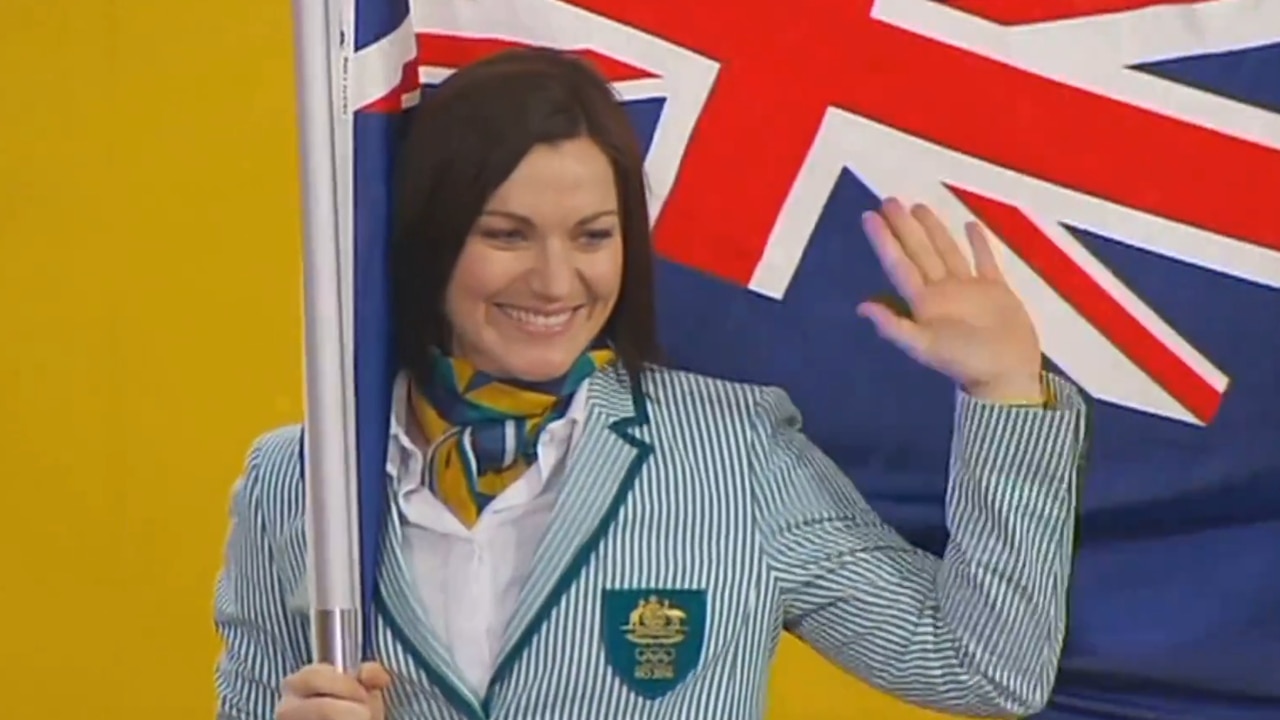
Ballina
Don't miss out on the headlines from Ballina. Followed categories will be added to My News.
Some of Australia’s greatest athletes have cut their teeth on the fields, pools, courts and breaks of Ballina and its surrounds.
From soccer, to rugby league and union, basketball and athletics, the region has produced countless athletes who have mixed it with the world’s best.
We have compiled a list of the top 15 sportspeople from the region, featuring those who either grew up or spent a significant portion of their formative years in the Ballina Shire.
See the full list, and don’t forget to vote below on you think should be number one.
Mitchell Aubusson
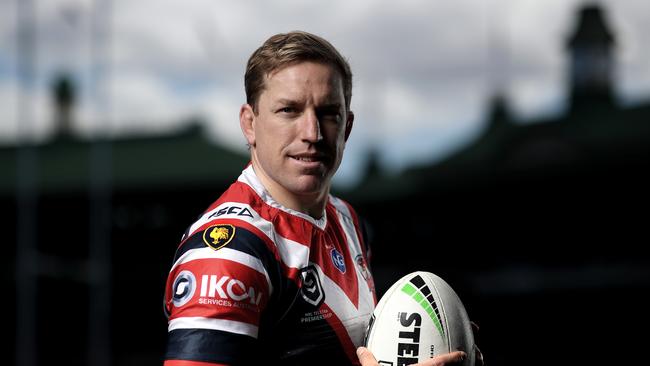
While he might not go down as one of rugby league’s greatest ever players, Ballina Seagulls junior Mitchell Aubusson is recognised as one of the greatest clubmen of the modern NRL era.
Aubusson spent 14 years at NRL glamour club the Sydney Roosters, winning three grand finals and playing 306 games to retire as the club’s most-capped player.
Very much a Mr Fix-It, Aubusson covered a range of positions throughout his career, holding the rare distinction of being the only player in Roosters history to play more than 100 games in different positions, with 100 at centre and 129 in the second row.
He also represented NSW Country on two occasions, and played for the NRL All-Stars in 2017.
Aubusson’s journey towards professional rugby league started as a student at Xavier Catholic College Ballina, when in 2005 he was selected for and played for the Australian Schoolboys team.
Recruited by none other than rugby league legend Arthur Beetson to join the Roosters, Aubusson made his first grade debut for the club in 2007 and retired at the end of the 2020 season.
Max Baldwin
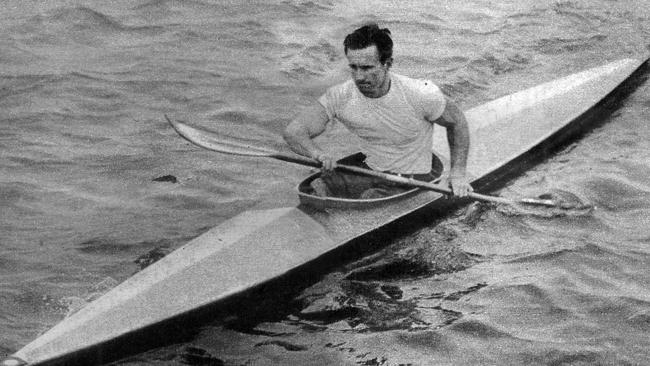
One of Australia’s most incredible and inspirational athletes, Max Baldwin defied a terrible disability to mix it with the world’s best.
Born in Ballina in 1928, Baldwin contracted polio as a baby and lost the use of his left leg at just 18 months old.
After a relatively sport-free childhood in Ballina, Baldwin moved to Sydney with his family around the age of 14. But it wasn’t until he was 18 that he got involved in sport, with Baldwin first testing out the apparatuses at the gym that two of his siblings – both of whom were professional acrobats – frequented.
The trips to the gym then morphed into other sporting pursuits, with Baldwin picking up canoeing at the age of 20.
After initially winning a couple of races at local YHA events, things started to accelerate.
In days before the Paralympics and concessions for athletes with disabilities, Baldwin competed in open events, and was remarkably selected to represent Australia at the 1956 Olympics, just seven years after first sitting down in a canoe.
As part of the first Australian Olympic canoeing team, Baldwin finished ninth in the K1 10,000 metre event to create a slice of history as the first Australian athlete with a disability to compete in the Olympics.
But Baldwin didn’t stop at gymnastics and canoeing. He became a passionate skier, taking on the slopes at Perisher until he was 75, while he also dabbled in tennis and squash.
Baldwin was made a life member of Gymnastic NSW in 1990 and in 2015 was awarded the Medal of the Order of Australia for his contribution to sport.
Nathan Crosswell
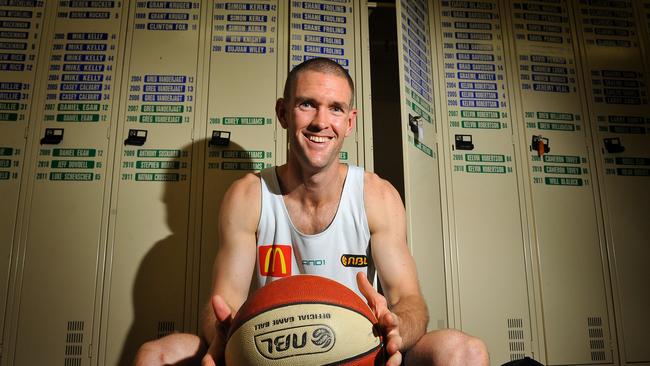
With a 14-year career in the NBL, Nathan Crosswell racked up 350 games as part of a journey that started in Ballina and took him to Melbourne, Cairns, Townsville and Adelaide.
Crosswell started playing basketball on the courts of Ballina, before moving to Lismore at the age of 11.
It was here that he started playing in the Northern Junior League, which would see Crosswell travel all over northern NSW, as far as Port Macquarie, Taree and even Newcastle, every fortnight for games.
In 1999, aged just 19, Crosswell signed with the Melbourne Tigers in the NBL. He moved to the Victoria Giants in 2002 and then the Cairns Taipans in 2005, before returning to the Tigers in 2007.
It was during this time that he had his most successful period of his career, taking part in three consecutive grand final series and winning the championship in 2008.
In the same year Crosswell was also selected in the extended Boomers squad for the Olympic Games, but failed to make the final cut.
After retiring from the NBL at the end of the 2013, Crosswell continued playing in the SEABL and Big V competitions, and continues to leave his mark on the sport by coaching junior teams.
Frank Curran

A NSW and Australian representative and two-time premiership winner, Frank Curran is one of Ballina’s finest rugby league players.
Originally from Armidale, Curran moved to Ballina in his younger years and played for the Ballina Rovers club, before moving to Sydney and making his debut for South Sydney in the 1931 NSWRL season.
A tough front rower, Curran won premierships in his first two seasons at Souths, in 1931 and 1932, and first played for NSW in 1932.
Curran was selected in the 1933-34 Kangaroos tour of Britain, toured New Zealand in 1935 and was selected again for the 1937-38 Kangaroos tour of Europe, where he became the first Australian player to score a try on French soil.
After his career finished with Souths Curran returned to Ballina, where he became a prominent local businessman.
He wasn’t the last Curran from Ballina to make an impression on a rugby field, with Frank’s son Declan representing the Wallabies during the 1980s.
In honour of his career, in 2008 Frank was posthumously named in the front row of the Ballina Rugby League Team of the Century.
Declan Curran
From Ballina rugby royalty, Frank’s son Declan carved out a successful career of his own, but in rugby union instead of league.
A barrel-chested prop, Curran, who grew up on the banks of the Richmond River at Pimlico, enjoyed a dramatic rise from lower grade club rugby to the Wallabies within a couple of years.
In what was a common trend in his younger years, while at Sydney’s St Joseph’s College as a student, Curran could only manage the third XV.
This continued when he left school and went to play for Eastern Suburbs, where Curran spent two seasons playing in third and fourth grade.
His change of fortune came about when Curran moved to the University of Sydney, where he was studying a law degree. Curran made his first grade debut in 1975, but then remarkably took two years off in 1977 and 1978 before returning in 1979.
By this stage he had developed his scrummaging skills and was selected in Sydney and NSW representative teams that would ultimately lead to a green and gold jersey.
After impressing in the front row while playing for Sydney in a 13-all draw with the All Blacks, Curran was ultimately selected for his Australian debut in the third test against the All Blacks in Sydney.
Lining up alongside the relative rookie front row of Bill Ross and Tony D’Arcy, the Wallabies ran out 26-10 winners to retain the Bledisloe Cup.
All up, Curran played five tests for the Wallabies, with his final cap coming against Argentina in 1983.
Julie Dolan
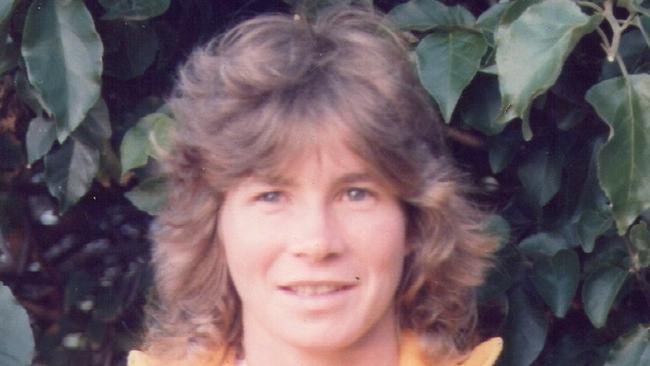
One of Australian football’s leading female pioneers, Julie Dolan has had an incredible impact both on and off the pitch.
Born in Sydney, as a child Dolan moved to Alstonville where her parents ran a milk bar. A talented athlete from an early age, Dolan made her full international debut for the Matildas at just 18, remarkably captaining the side in what has long been considered the women’s national team’s first full international against New Zealand in 1979.
A commanding midfielder, Dolan played 34 games for the Matildas across her 14-year career, including 18 full internationals.
This included playing in the World Invitational Tournament twice, the first Oceania Cup in 1983 and the first Women’s World Cup in China in 1988.
In a sign of her statue within the game, the Australian Women’s Soccer Association created the Julie Dolan Medal for the best female footballer of the year, an award that is still handed out to the best player in the A-League Women’s competition.
After football, Dolan played a key role in establishing the Central Coast Sport College, which endeavours to provide pathways for talented athletes.
In 1999 Dolan was inducted into the Football Australia Hall of Fame, and in 2018 was made a Member of the Order of Australia for her contribution to football.
Cara Feain-Ryan
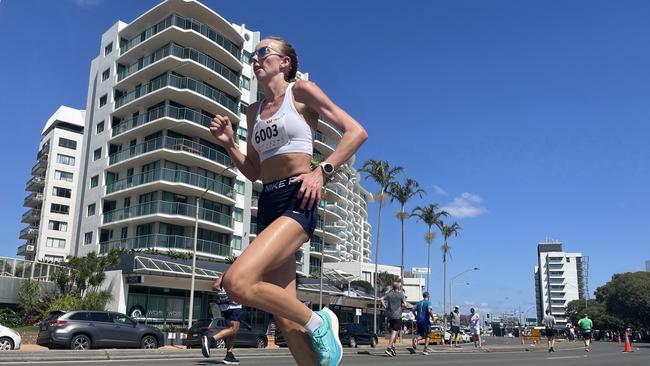
A World Championship representative and national silver- and bronze-medal winning runner, Cara Feain-Ryan has already achieved an incredible amount in her short career.
The 23-year-old’s journey towards international track and field began with school cross country events and athletics carnivals in Alstonville.
A regular trainer with local triathletes, at 16 Feain-Ryan moved to Brisbane for last couple of years of school.
The move, which included greater access to more tailored training, certainly paid off, with Feain-Ryan shaving 14 seconds off her personal best in a matter of months to claim the under 18 national title in the 2000-metre steeplechase in 2016.
Since then, she has gone from strength to strength. While recording strong times in the 1500-metre and 3000-metre running events, Feain-Ryan has had most of her success in the 3000-metre steeplechase, where she placed second in the nationals championships last year.
She backed that up with bronze in this year’s national final, and secured selection in the Australian team for the World Championships in Oregon in July of this year, where she finished 11th in her heat but failed to qualify for the final.
Still just 23, Feain-Ryan is likely to be a name on the Australia athletics calendar for a number of years to come.
Clayton Fettell
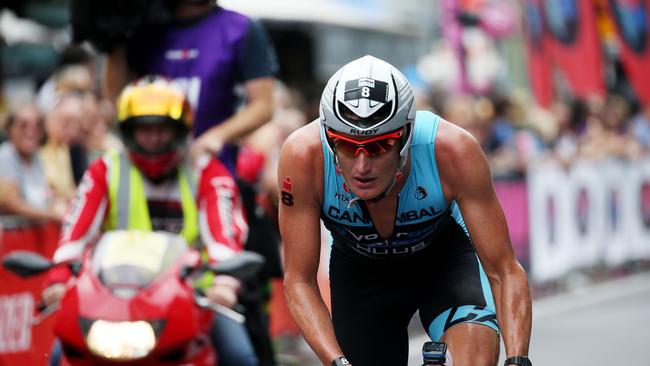
A literal ironman, Clayton Fettell forged a career taking on some of the most physically gruelling races in world sport.
Fettell grew up in Alstonville, where his family ran the local swimming pool. It providing the perfect backdrop for a childhood full of swimming, water polo and other pursuits like surf lifesaving.
A strong swimmer and cyclist, Fettell took to doing triathlons and in 2008 won the Australian under 23 title.
Over the course of his 15-year professional career that saw him based in the US for a number of years, Fettell claimed a number of state and national titles, secured more than 100 professional podium finishes and won five 70.3-mile (113 km) triathlons, also known as half ironman races.
After retiring from professional racing in 2018, the 36-year-old has turned his attention to coaching, utilising his experience to help aspiring athletes across swimming, cycling and running disciplines – and even helping out where it all began, at the Alstonville pool.
Jacqueline Freney
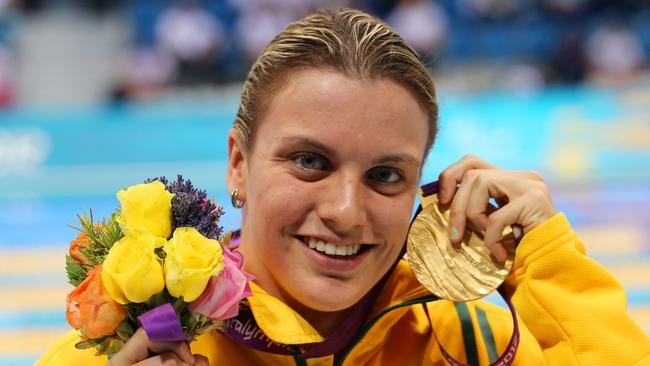
When it comes to athletes with success on the international stage, few can compete with swimmer Jacqueline Freney.
She is Australia’s most successful athlete at an individual games event, winning eight gold at the London 2012 Paralympics, adding to her haul of three bronze medals won in Beijing four years earlier.
Born with cerebral palsy diplegia, Freney grew up in a swimming family, with her father Michael running the local pool at Skennars Head.
She showed talent from an early age, and attended her first championships at the age of 14, her first international competition at 15, and then represented Australia in Beijing at just 16.
In addition to her Paralympic success, Freney won two Australian short-course titles, silver in both the S8 100 metre and 400 metres freestyle events at the world championships in Eindhoven in 2010 and famously broke the S7 400 metre freestyle world record twice on the way to collecting gold at the 2011 Can-Am Swimming Open.
Following her London exploits, Freney was understandably named Ballina Shire‘s Sportsperson of the Year and Australian Paralympian of the Year in 2012, while in 2014 she was awarded a Medal of the Order of Australia for her service to the sport.
While she was unable to defend her titles at the 2016 Rio de Janeiro Paralympics due to an illness, Freney has continued to be an advocate for swimmers of all abilities.
Adam Melling

A Lennox Head veteran who spent seven years on world surfing’s top-tier Championship Tour, Adam Melling made a career out of riding some of the best waves at home and abroad.
Melling, who started surfing competitively at nine years old at the La-Ba Boardriders Club, first broke onto the world tour in 2010 and became a mainstay.
Over the years he picked up a qualifying series win in New Zealand, while one of Melling’s biggest victories came in 2012 when he won the Vans World Cup of Surfing at Sunset Beach in Hawaii.
Never one to forget his roots, Melling always made himself available to surf for Le-Ba in events whenever he wasn’t away on tour, and confirmed his commitment to the club and the area after retiring from professional surfing in 2018, when he took on the role of vice-president.
Jack Reardon
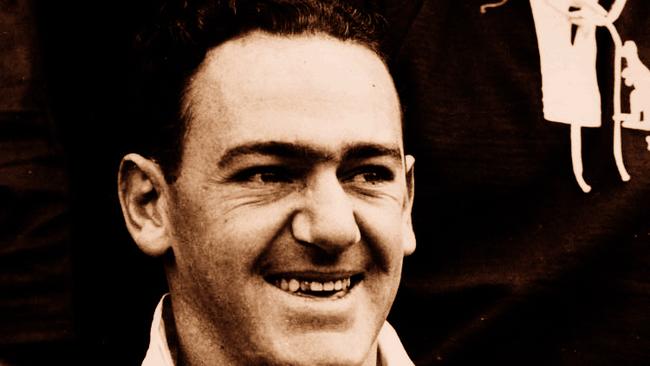
A rugby league legend who was equally adept with both the football and pen in hand, Jack Reardon left his mark on the game both on and off the field – and had a hand in shaping the sport’s greatest rivalry.
Born at the beginning of the World War One in 1914, Reardon grew up in Ballina. During the 1930s he played football for Lismore’s Marist Brothers club and earned selection in the NSW team in 1934 at centre.
Shortly after he was lured to Brisbane, where he played for local rugby league powerhouse Norths. While playing at Norths Reardon was selected to play for Queensland – due to selection being based on residency rather than origin – 21 times throughout the late 1930s and early 1940s, ensuring that he holds the rare distinction of representing both states.
Another career highlight came when he was named vice-captain for the 1937-38 Australian Kangaroos tour of Europe, alongside fellow Ballina star Frank Curran.
While Reardon enjoyed a fantastic career, his contribution to rugby league continued well after his playing days.
In 1948 Reardon joined the Courier Mail as a rugby league and cricket writer, a position he remained in for three decades until his retirement in 1978.
It was while working as a journalist in the mid-1960s that Reardon is given credit for proposing the concept of “State of Origin”. Well ahead of his time, Reardon argued that Queenslanders playing in Sydney should represent their state of birth rather than where they lived, in order to ensure a greater representative spectacle.
In recognition of his services to sport, in 2006 Reardon was posthumously inducted into the Sports Media Hall of Fame at Suncorp Stadium, while in 2008 he was named captain of the Ballina team of the century.
Izack Rodda
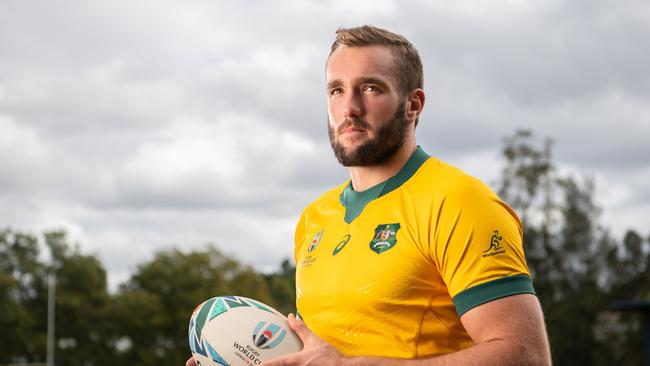
Standing at 2.02 metres and tipping the scales at around 120 kilograms, Izack Rodda is a man mountain who has already carved out a successful rugby union career with the Wallabies.
Born in Lismore and spending his early years in Evans Head, Rodda dabbled in both league and union while playing his early rugby for the Ballina Seahorses.
A talented teenager, Rodda moved to Ipswich Grammar for the final two years of high school, and was selected in the Australian Schoolboys team in 2014.
He progressed through junior rugby pathways in Queensland before making his super rugby debut at lock for the Queensland Reds in 2017.
Rodda quickly impressed at Super Rugby level, and later that year was selected by then Wallabies coach Michael Cheika to make his debut for Australia in the second Bledisloe Cup match of 2017 in New Zealand.
Still just 26, Rodda has gone on to become a regular in Australian rugby ranks, and has already played more than 30 test for the Wallabies. In a sign that there’s plenty more to come, he just signed a two-year contract extension with Rugby Australia earlier this year.
Kerry Saxby-Junna
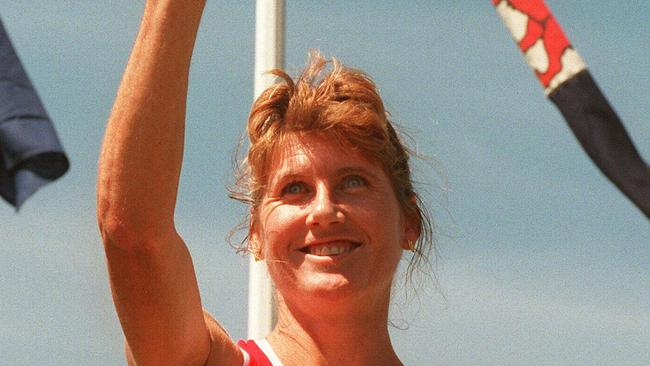
One of the region’s most well-known and celebrated athletes, Saxby-Junna won an incredible 27 national titles and set more than 25 world records or world best times during her glittering 16-year international career.
Born in Young, Saxby-Junna moved to Ballina in her early teens. Originally a runner, she took part in junior athletics before switching over to walking, and first represented Australia at the World Walk Race Walking Cup on the Isle of Man in 1985.
Over the course of her career, Saxby-Junna represented Australia at three Olympic Games (Barcelona 1992, Atlanta 1996 and Sydney 2000) and three Commonwealth Games, winning gold in the 10 km walk in both Auckland 1990 and Victoria 1994, and claiming silver in Kuala Lumpur in 1998.
Other career highlights included winning gold and setting a new world record at the World Indoor Championships in Budapest in 1993 and claiming bronze in the 1999 World Championships in the 20 km event, aged 38.
In a sign of the esteem in which she is held, Saxby-Junna was named as a Member of the Order of Australia in 1992, was awarded the Australian Sports Medal in 2000 and in 2012 as inducted into Athletics Australia’s Hall of Fame.
Scott Seamer
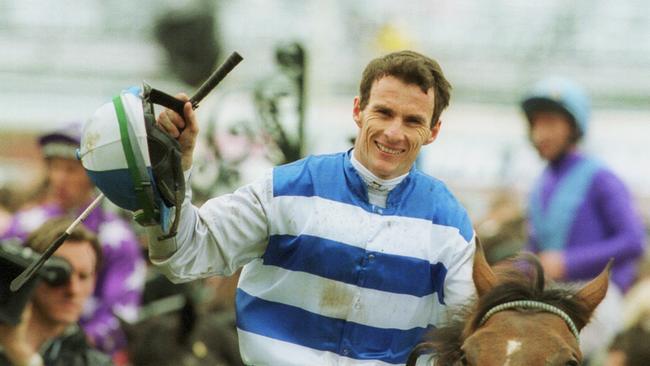
In a career that saw him thrust from relative obscurity to the toast of Australian racing at the ripe old age of 32, Scott Seamer captured the imagination of the racing world throughout his career.
A veteran country racing jockey, Seamer spent much of his career living on a farm at Fernleigh, where he grew macadamia nuts on the side of his racing duties.
While he was a respected country jockey, Seamer’s career exploded in 2001. In August of that year he rode a then little-known New Zealand mare called Ethereal to victory in the Queensland Oaks in what was, remarkably, Seamer’s first Group One win.
Both horse and jockey then went on a sensational run throughout the spring, claiming both the Caulfield and Melbourne Cups, with Seamer’s meteoric rise going down in Australian racing folklore.
The wins with Ethereal unlocked Seamer’s career; in 2002 he won the NZ Oaks aboard Vapour Trail, and then on 23 March that year at Rosehill racecourse Seamer had arguably his most successful day at the office.
Onboard his old favourite Ethereal, Seamer won the 2400-metre BMW (now known as the Tancred Stakes), and then no less than 45 minutes later backed up to ride Calaway Girl to victory in the Golden Slipper, the world’s richest race for two-year-olds.
After hanging up the whip in 2011, Seamer, the Ballina Jockey Club jockey of the year for 2010/11, has remained involved in racing, spending time breeding thoroughbreds, a number of which are stationed on his Fernleigh farm.
Aaron Teys
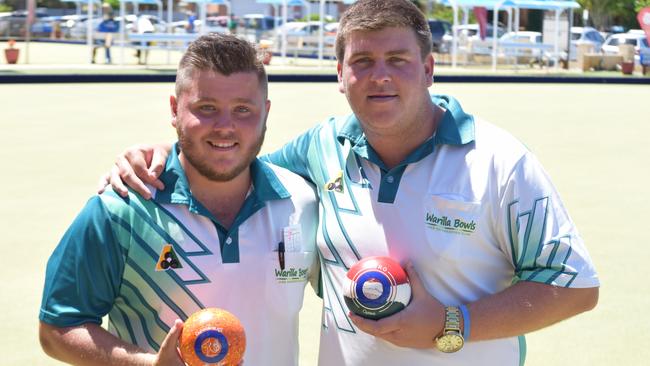
One of the most gifted lawn bowlers to come out of the Northern Rivers, Aaron Teys might only be 28 but he already has a swag of medals that would be the envy of any seasoned pro.
In a sport where most competitors have literally got decades more experience than him, Teys started playing bowls at the age of six as he sought to replicate his bowls-mad family.
By 13 he was winning championships at local bowls clubs Ballina and Evans Head, while at 20 he won the Australian Open bowls title, knocking off world champions Jeremy Henry and Mark Casey along the way.
After continuing to pick up medals at domestic tournaments, in 2017 Teys, then just 22, won the World Singles Champion and Champions title. He back this up two years later with gold in both the triples and fours at the Asia Pacific Championships.
Teys, who has since moved to one of the biggest bowls club in Australia at Warilla to work as a greenkeeper, has continued his winning ways in recent years, taking out the NSW pairs championship with teammate Jeremy Henry – somewhat ironically against Ballina in the final.
Is there anyone we’ve missed? Let us know in the comments below or email alexander.pichaloff@news.com.au




